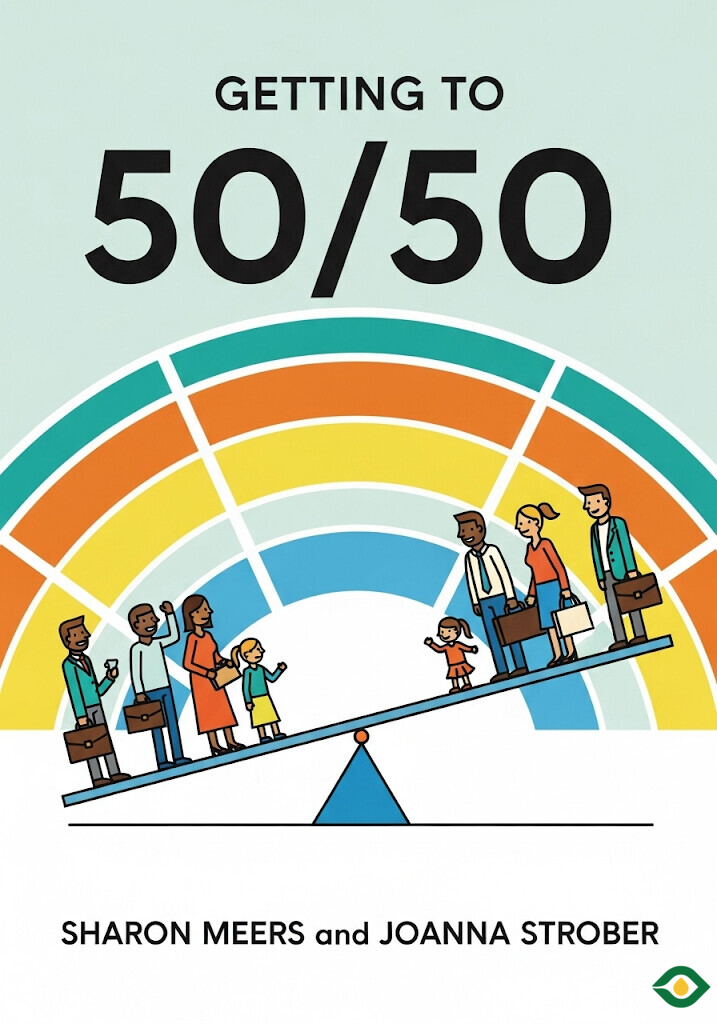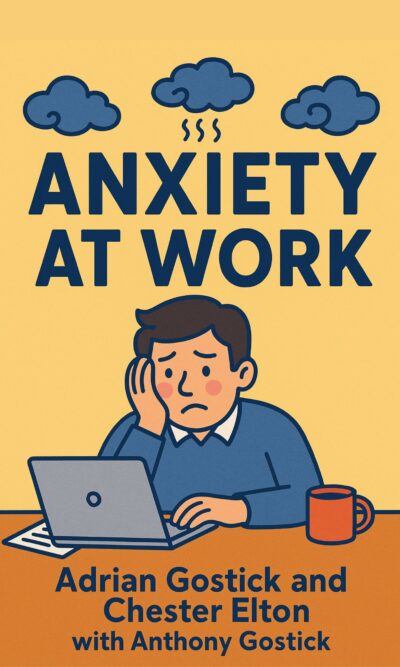Description
Many couples today want fairness in both family and career, yet tradition often gets in the way. The book Getting to 50/50 argues that when men and women share responsibilities equally, both at home and at work, life becomes more fulfilling for everyone. Equal partnership helps children thrive, improves relationships, strengthens careers, and brings greater happiness overall.
For a long time, society believed that mothers should stay home and fathers should focus only on work. This arrangement might have made sense in the past, but today it often leads to stress, loneliness, and inequality. Modern research shows that dividing tasks fairly is healthier, smarter, and better for long-term family stability.
One of the biggest fears parents face is whether using childcare might harm their children. The truth is reassuring: studies have shown that part-time childcare does not hurt a child’s emotional or mental development. Children cared for partly by parents and partly by others do just as well as those who spend all their time with parents. What matters more is the quality of time spent together, not just the number of hours. A bedtime story, a shared meal, or an attentive conversation often means more to a child than constant supervision.
Sharing responsibility also improves marriages. Couples who both work outside the home and split chores fairly are usually closer, happier, and more interested in each other. In fact, surveys have found that men who help with household tasks often enjoy stronger emotional bonds and even a better love life with their partners. Women who work outside the home also report feeling more respected, independent, and connected to their spouses. When one partner shoulders too much while the other carries too little, distance and frustration build up. But when both carry the load together, the partnership grows stronger.
Financial security is another important reason to move toward 50/50. Families depending on a single income are more vulnerable if that income disappears or if the job is miserable but necessary. Two incomes reduce this pressure. They also give both partners freedom to pursue meaningful work, not just any work that pays. For women, earning money also means independence. Relying completely on a partner’s income can limit freedom and increase stress, especially in difficult times like widowhood or divorce. Women who work tend to be physically and emotionally healthier, while those confined to only home duties are more likely to face depression and poorer health.
Still, myths hold many families back. One myth is that mothers become less competent workers after having children. In fact, women often continue to be just as capable, but bias and assumptions from employers push them into smaller roles. Another myth is that success requires endless hours of work. But studies show that overworking leads to more mistakes, burnout, and even health risks. Real productivity comes from balance, not exhaustion. Finally, some believe men and women are already treated equally at work, but evidence shows otherwise. Hiring managers often expect women to be better than men just to be considered equal. That’s why speaking up, negotiating clearly, and refusing to settle for unfair treatment are essential.
Equality at home is also about mindset. Many couples unintentionally slip into old patterns where the mother does most of the childcare while the father focuses on earning money. To avoid this, couples need to talk openly, plan ahead, and check themselves when falling into traditional traps. Equality doesn’t just happen on its own—it requires attention and conscious decisions.
Support from society is also critical. For example, maternity leave policies play a huge role in keeping women in the workforce. Without paid leave, many mothers feel forced to quit their jobs, which hurts families and employers alike. Some states and countries are improving these policies, but more work is needed to make sure mothers can recover from childbirth, bond with their babies, and then return to meaningful careers. Fathers, too, should be encouraged to take paternity leave and engage fully in childcare. Children thrive when both parents are equally involved.
Encouragement is key for fathers. Sometimes mothers criticize their partners for not doing things “the right way,” but this discourages men from participating. Even if a father changes a diaper differently or tells bedtime stories in his own style, that is perfectly fine. Children benefit from multiple approaches, and fathers build confidence when they are trusted. Research has long shown that men are just as capable of nurturing and caring for children as women. Families that embrace this understanding grow stronger together.
In the workplace, colleagues and bosses also need to support mothers and fathers equally. A mother returning from maternity leave may face exhaustion and adjustment challenges, but with patience and flexibility from employers, the transition can be smoother. The same goes for fathers who want to balance work and childcare responsibilities—companies that allow flexibility tend to keep happier, more loyal employees.
Ultimately, reaching 50/50 is not just about chores or money. It is about respect, trust, and partnership. It is about believing that both men and women deserve equal chances to work, rest, grow, and parent. It is about teaching children by example that fairness and balance create stronger families and communities.
The message of Getting to 50/50 is clear: couples are not bound by outdated roles. With planning, open conversation, and mutual support, families can break free from old traditions and enjoy healthier, happier lives. Equality benefits everyone—the parents, the children, and society as a whole.
If you want to start small, one simple step is this: let fathers spend time alone with their children. Give them space to learn, experiment, and bond. The more fathers engage, the more balanced the family becomes. And when balance is reached, everyone wins.





